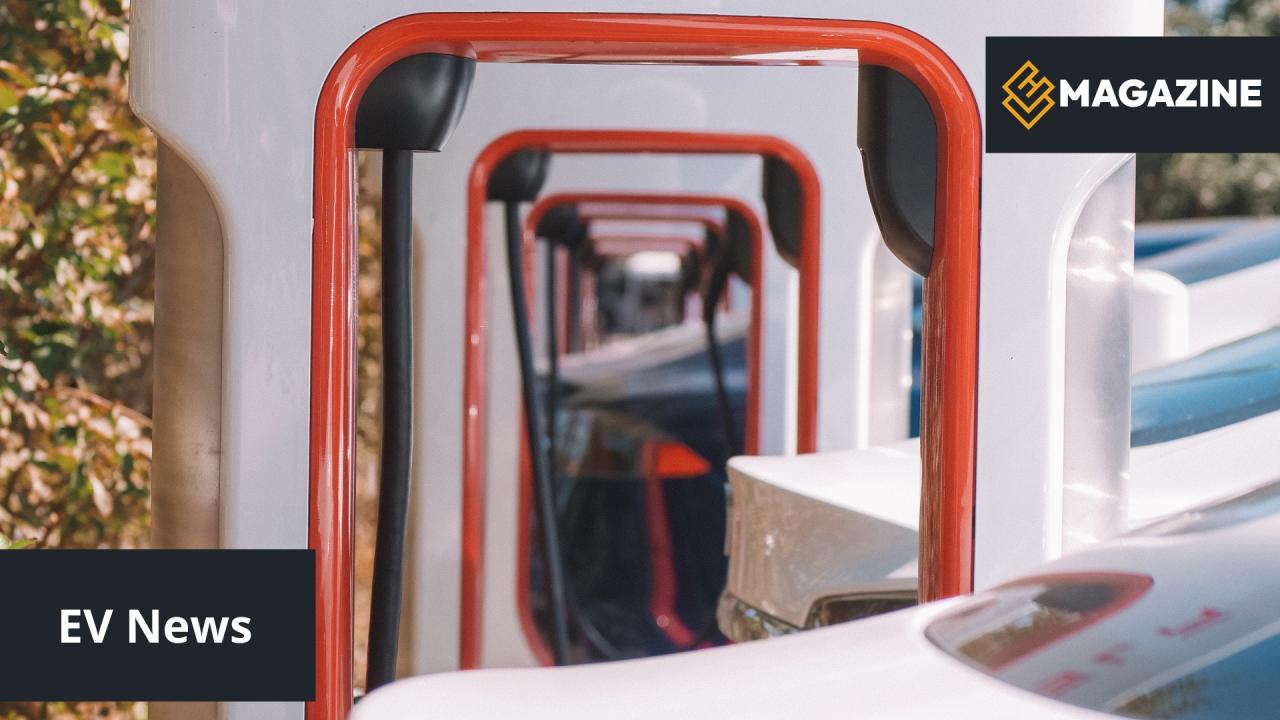The landscape of electric vehicle (EV) adoption in the United States is evolving, with recent data suggesting a positive trend in public charging infrastructure. Despite being previously identified as a bottleneck in EV adoption, the latest J.D. Power study reveals encouraging signs of progress in this crucial area.
Satisfaction Scores on the Rise
According to the J.D. Power 2024 U.S. Electric Vehicle Experience (EVX) Public Charging Study, overall satisfaction with public charging has increased for two consecutive quarters. This upward trend indicates that the industry is moving in the right direction, albeit with ongoing challenges to overcome.
DC fast chargers have seen a notable improvement, with satisfaction scores rising to 664 on a 1,000-point scale - a 10-point increase from 2023. While Level 2 charging satisfaction slightly declined to 614, the overall trajectory remains positive.
Tesla Leads the Pack
In a significant development, Tesla's Supercharger network has opened its doors to non-Tesla EV owners. This move has contributed to the increased satisfaction with DC fast chargers. Tesla Superchargers continue to dominate the rankings, securing the top spot for the fourth consecutive year with a score of 731.
Interestingly, even non-Tesla owners reported high satisfaction levels when using Superchargers, with scores 42 points higher than the overall DC fast charger average. This underscores the quality and efficiency of Tesla's charging infrastructure.
Key Factors Influencing Satisfaction
The study identified several crucial factors affecting user satisfaction:
- Charging Speed: DC fast chargers saw improved satisfaction scores in charging speed, while Level 2 chargers experienced a slight decline.
- Payment Methods: EV owners strongly prefer automatic payment systems like Plug & Charge, which streamline the process and reduce charging time.
- Charger Availability: Despite improvements, 19% of EV owners still reported unsuccessful charging attempts, primarily due to out-of-service chargers or equipment malfunctions.
Looking Ahead: Challenges and Opportunities
While the overall trend is positive, significant challenges remain. The growth of public charging stations, especially DC fast chargers, is not keeping pace with the increasing number of EVs on the road. Additionally, issues such as vandalism and cable theft continue to plague some charging facilities.
However, the industry's consistent progress offers hope for the future of EV adoption. As charging networks expand and technology improves, we can expect to see further enhancements in the public charging experience, potentially accelerating the transition to electric mobility.
As the EV landscape continues to evolve, staying informed about these developments is crucial for both current and prospective electric vehicle owners. The improvements in public charging infrastructure mark a significant step forward, but sustained efforts will be necessary to meet the growing demands of the EV market.

